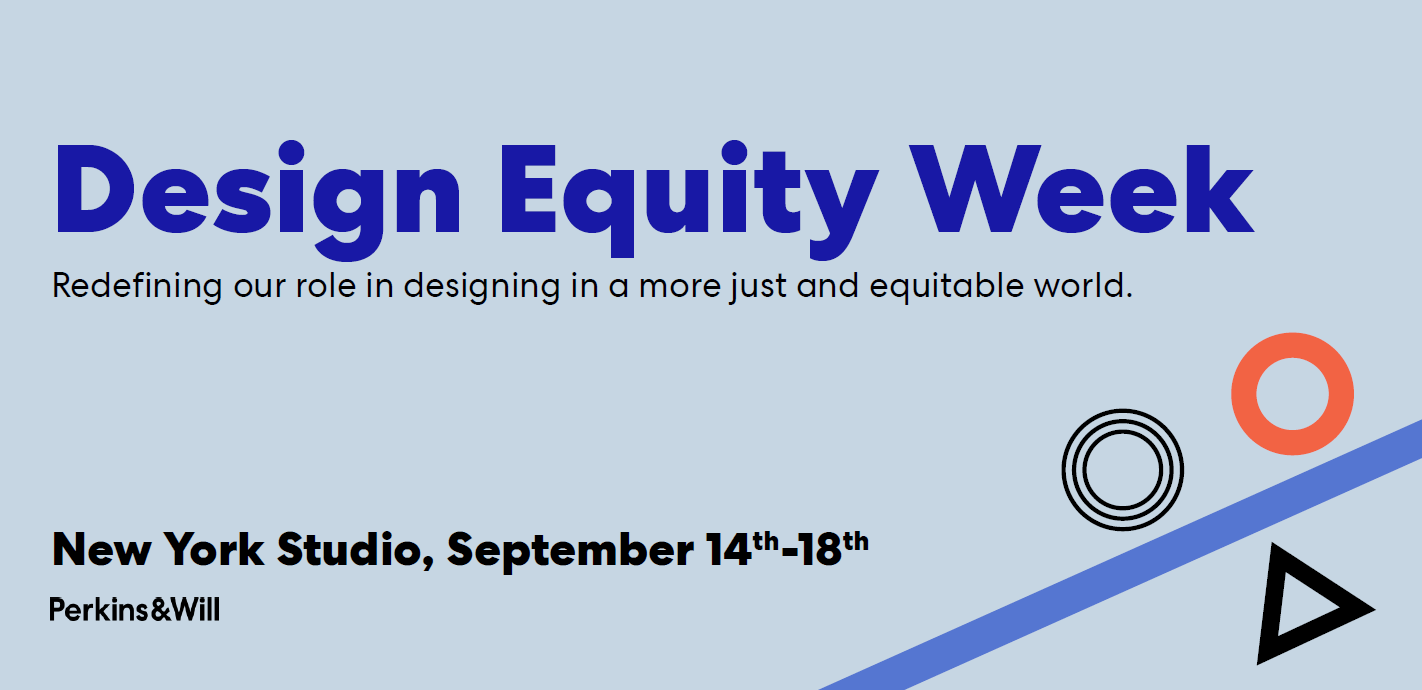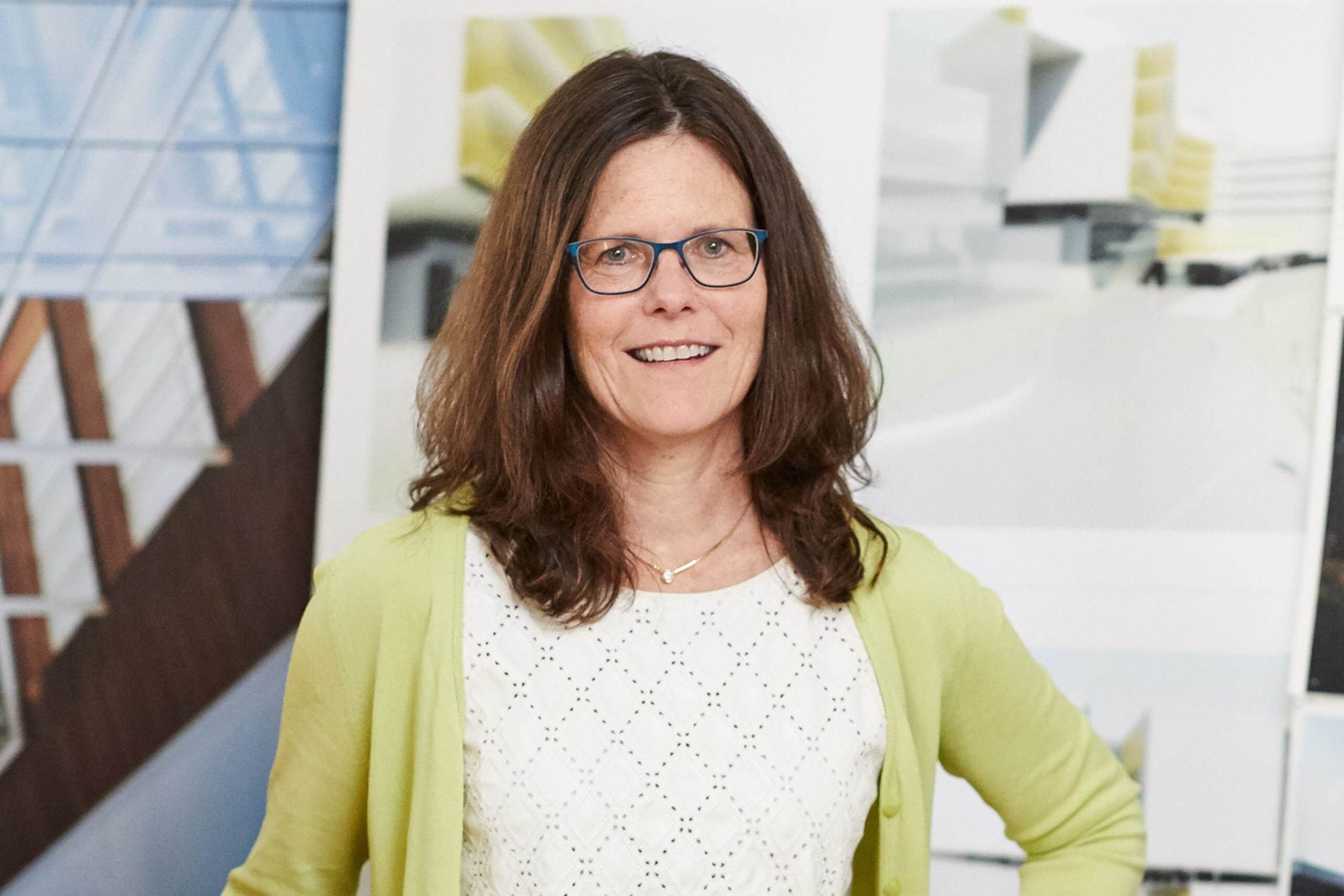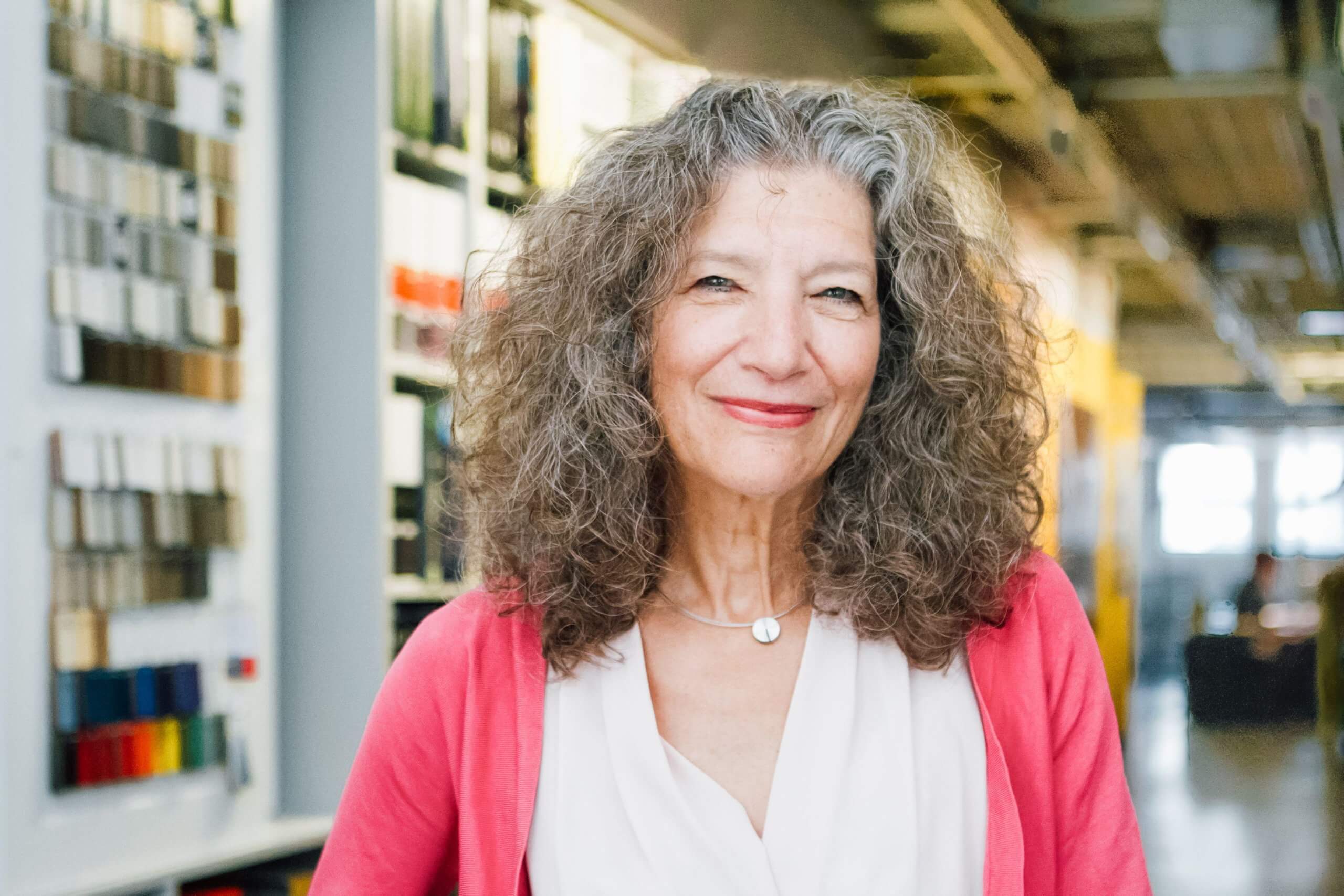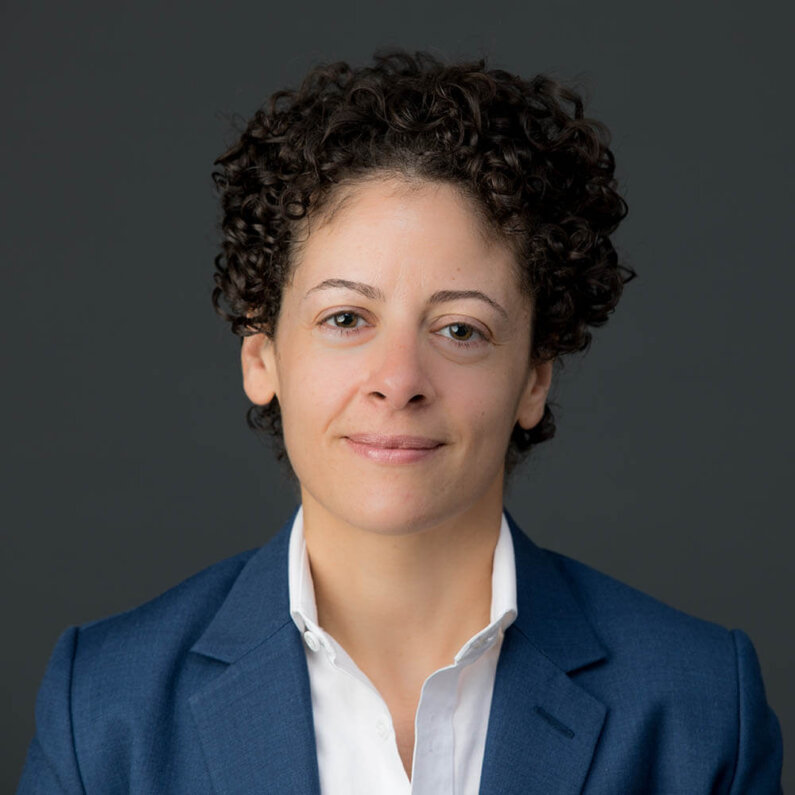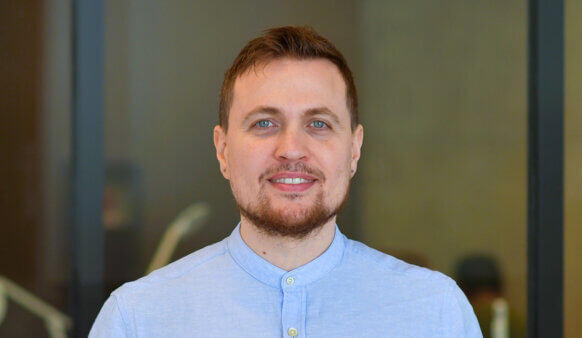We often move through spaces and interact with objects at all scales without taking a step back to think about how things came to be the way they are. It sometimes takes more than one look to realize that in these spaces, all people are not accommodated equally. This kind of bias exists in many dimensions. In her presentation, Bias by Design, Principal Joan Blumenfeld focused on how gender bias intersects with our day to day lives in surprising ways, and how designing more inclusively can impact and neutralize other types of bias.
As an example, Joan shared that the first average-female-sized crash test dummies were not introduced until 2011. That means safety standards for cars were, and in many cases still are, based on the typical adult male.
When it comes to our physical environment and transportation, several issues become obvious when examined through the lens of bias. The quality of childcare tends to be better in suburbs than in cities. As a result, many women make the decision to work closer to home to be nearer to their children, which puts constraints on their career choices. Related, public transportation in most cities is typically not designed well for women traveling with small children (maybe carrying strollers, diaper bags, backpacks, etc.) making navigating within the city completely inconvenient.
In the history of design, women’s contributions have been completely ignored, erased, or excluded from the process. Joan encouraged us to think about how to design spaces, objects, products and solutions in a universal way that considers not only gender, but also ability and a number of other variables as well.
